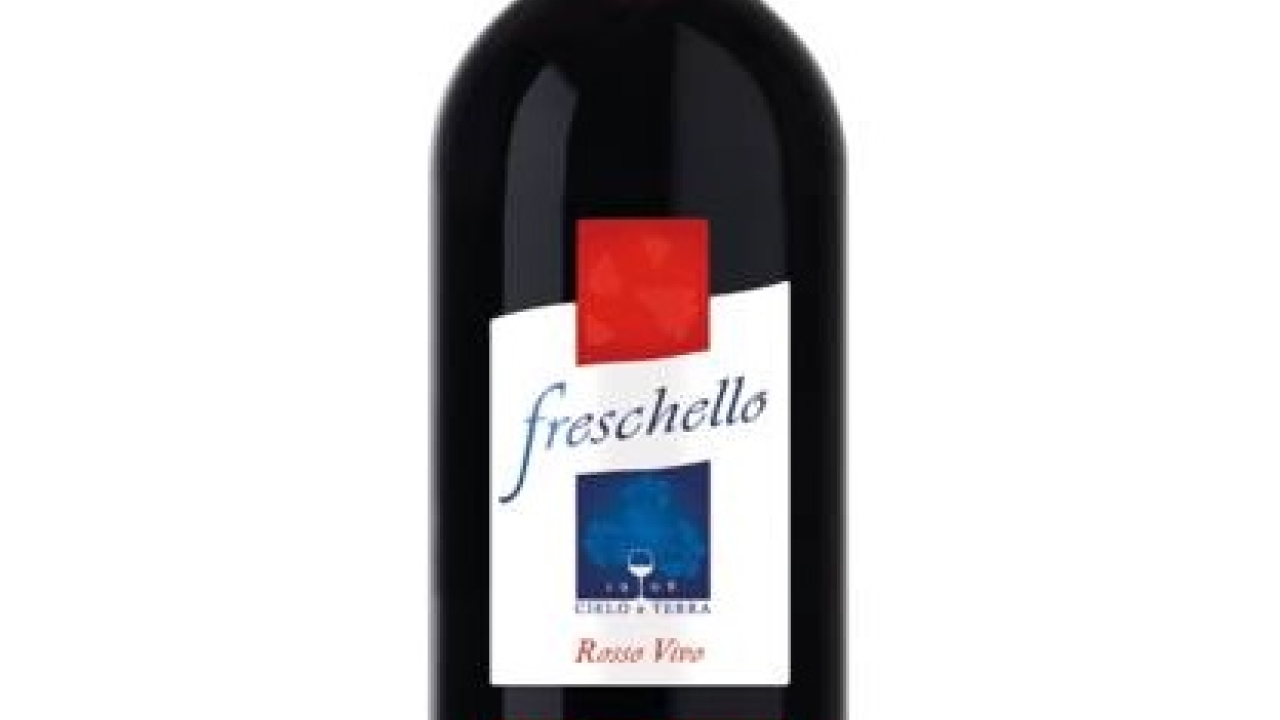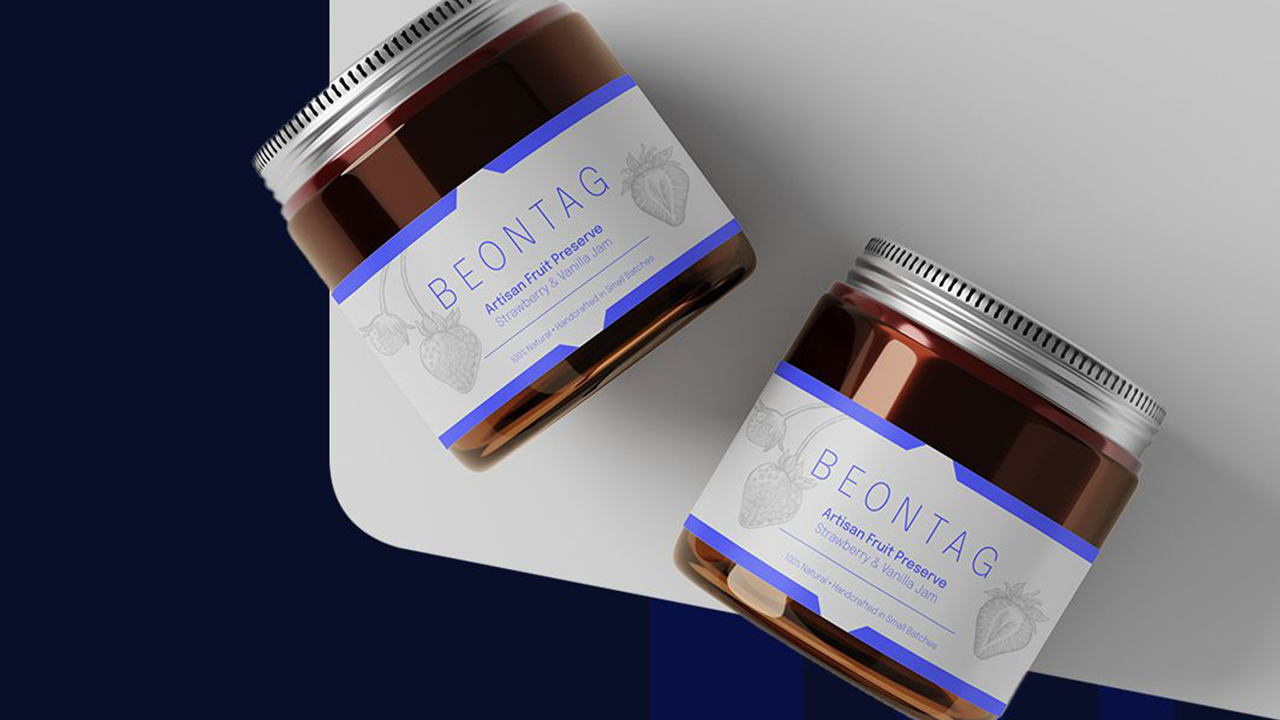UPM Raflatac and Cielo e Terra cooperate to study the environmental impacts of wine bottles
UPM Raflatac has cooperated with Italian wine producer Cielo e Terra on a lifecycle assessment (LCA) to study the environmental impacts of wine bottles.

The comprehensive study took into account the full life cycle of the wine bottle and related packaging elements, and was performed in accordance with ISO 14040/44 standards.
The LCA demonstrated that glass production has the most significant environmental impact in the wine bottle product lifecycle. Energy and fuels used on site, as well as secondary and tertiary packaging such as boxes, pallets and plastic wrapping, are also significant for a number of lifecycle impact categories.
‘Our aim is to better understand the environmental impacts related to our products and, together with our suppliers, find new ways to reduce them,’ commented Giampietro Povolo, finance and operation manager at Cielo e Terra.
‘The impacts of our recent investments in renewable energy are clearly visible in the results of the LCA study. When comparing the years before and after the investments, we can identify reductions in greenhouse gas emissions of 10 percent and water consumption of 24 percent during the lifecycle of a wine bottle.’
Cielo e Terra prints a significant proportion of its labels on UPM Raflatac's FSC and PEFC certified materials, sourced from sustainably managed forests. Cielo e Terra also participates in UPM Raflatac's RafCycle program, where the discarded glassine backing paper from the label application process is collected and recycled into new paper at UPM Raflatac's specialist Plattling mill in Germany.
‘Our cooperation with Cielo e Terra in sustainability topics began with the RafCycle program in 2013,’ said Stefano Pistoni, end-use manager for wine and spirits at UPM Raflatac EMEIA. ‘The joint LCA study is a natural continuation of this dialogue and a unique example of how a label producer and wine bottler can work together on sustainability topics.’
Stay up to date
Subscribe to the free Label News newsletter and receive the latest content every week. We'll never share your email address.

